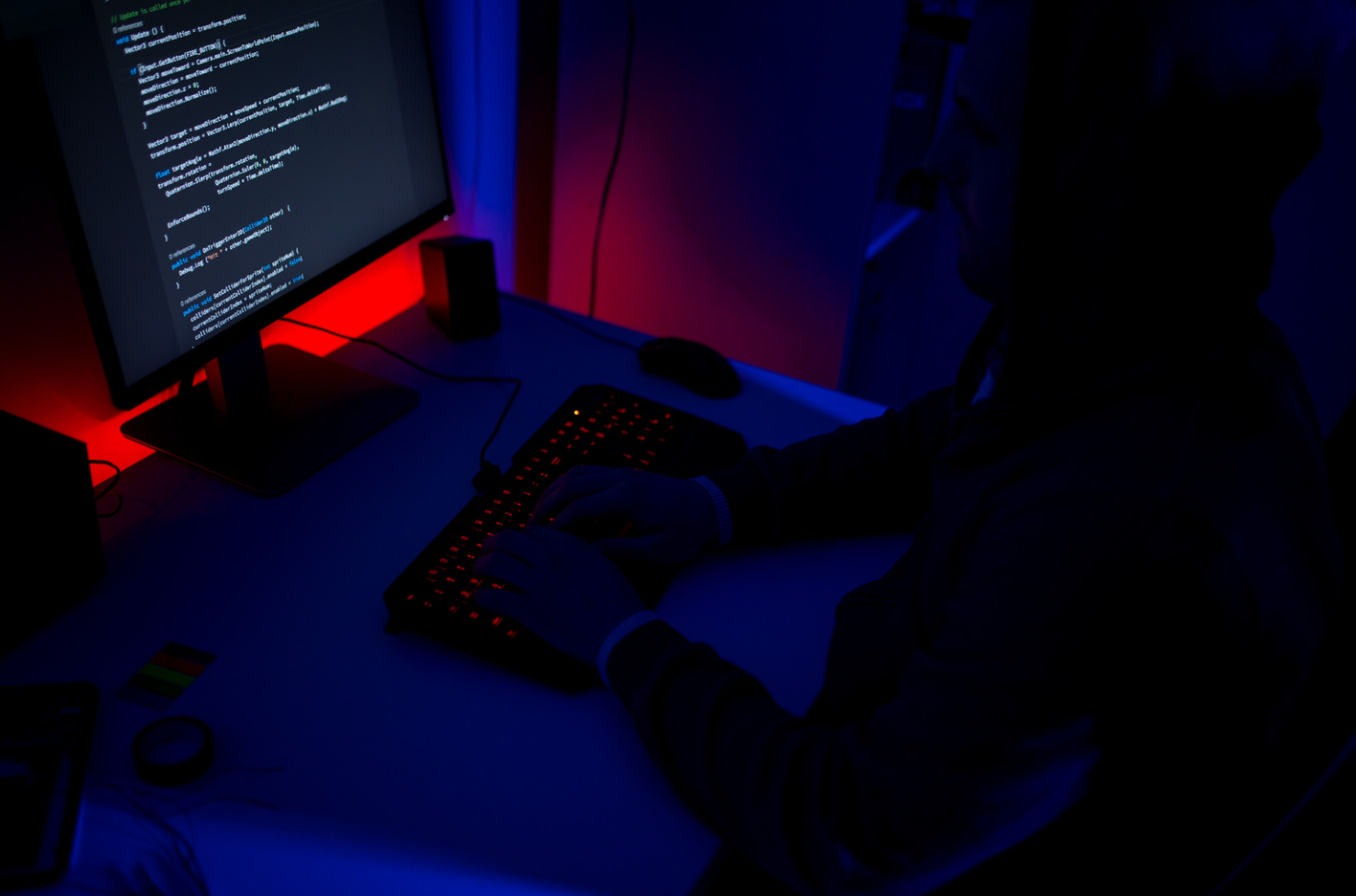
SFBU Team Places Third Among U.S. Teams in IEEEXtreme Programming Competition
A programming competition team that named itself “TooWeakTooSlow” recently proved to be neither. The team of two students from San Francisco Bay University placed third out of 154 U.S. teams in the IEEEXtreme Programming Competition in October.
Yash Shah and Maxat Kerimbayev, both masters students in computer science at SFBU, participated in the 24-hour hackathon organized by the Institute of Electrical and Electronics Engineers (IEEE). The competition – held on Oct. 27 and 28 – gave 7,091 teams from around the world 24 hours to solve a series of programming problems. In addition to placing third among U.S. participants, the SFBU team ranked 211th globally, putting them in the top 5%.
“It's definitely a great feeling placing so highly, and I'm super proud of our achievement,” Shah said. “It really reflects the hard work and dedication we put into the competition.”
“It was a very competitive field, and I am honored my team has done so well,” added Kerimbayev. “I am grateful for the support of my teammates and mentor, and I am excited to continue learning and growing as a programmer.”
Shah and Kerimbayev spent several months preparing for the competition, brushing up on their computer science and programming skills and building on their previous experience. Thawi Iwagoshi, dean of the School of Engineering at SFBU and IEEE member, advised and proctored the team.
“It was so rewarding to see these two impressive students work together through challenges and come away with a fantastic result,” Iwagoshi said. “It exemplifies the real-world problem-solving skills that they are building and honing at SFBU, and I look forward to all their future successes.”
Like many programming competitions, IEEEXtreme required a strong knowledge of several programming languages, including C++, Java and Python, to solve real-world challenges. But unlike many programming competitions, IEEEXtreme did not provide all of the tasks at the beginning, instead adding two problems every two hours for the full 24 hours.
“It was my first time participating in this specific format, so I hadn't initially considered the impact on time management,” Shah said. “Adapting to this style required a quick adjustment in my approach. I found that I had to prioritize problems efficiently and make strategic decisions on which ones to tackle first.”
Despite the challenge structure, the team was able to surmount most of the challenges thrown at them.
“Working on something for 24 hours straight was both challenging and rewarding. It was tiring at times, but I was also very focused and determined to succeed,” Kerimbayev said. “Having 24 hours to solve a set of complex problems was very demanding, and it required a lot of focus and stamina. But the feeling of finally solving some difficult problems was very satisfying.”
